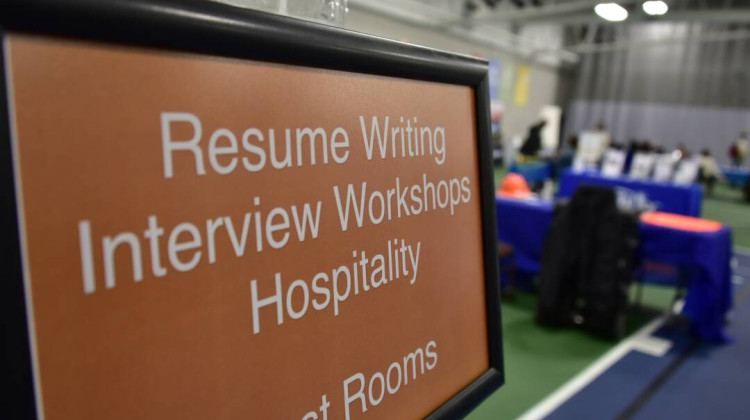
Federal flood insurance rates have gone up across the country to pay for recent disasters fueled by climate change.
FILE PHOTO: Jennifer Weingart/WVPEMore than 280,000 properties in Indiana are in what’s known as a flood insurance bubble. That’s where the need for flood insurance significantly outweighs the number of properties covered.
According to a report by the nonprofit First Street Foundation, this can lead to underpriced premiums and even destabilize the insurance market.
The highest percentage of properties in the flood insurance bubble were in north central Indiana — in counties like Miami, White and Cass.
Ed Kearns is the chief data officer for First Street Foundation. He said flooding from heavy rains can take some residents by surprise.
“They think that they’re not in a FEMA designated flood zone, so they don’t have any flood risk and they don’t get flood insurance," Kearns said.
Federal flood insurance rates have gone up across the country to pay for recent disasters fueled by climate change. But those rates have more than doubled in areas along the coast as well as states like Kentucky and West Virginia.
Still, the report said, overall, premiums may not be high enough to cover the increased flooding we’ve seen caused by heavy rainfall — something the Federal Emergency Management Agency doesn’t take into account.
READ MORE: How can cities and you prepare for more flooding due to climate change?
Join the conversation and sign up for the Indiana Two-Way. Text "Indiana" to 73224. Your comments and questions in response to our weekly text help us find the answers you need on statewide issues, including this series on climate change and solutions.
Jeremy Porter is the head of research and development at First Street Foundation. He said this has led to problems in states like Louisiana and Florida.
“We see insurance companies pulling out. In some cases, they’re deciding not to do business in the state. In other cases, they’re pulling out of certain areas or placing quotas on the number of policies they may offer," Porter said.
This can leave states with no other option except the “insurer of last resort” — often a state-funded program that’s much more expensive and offers less coverage.
Rebecca is our energy and environment reporter. Contact her at rthiele@iu.edu or follow her on Twitter at @beckythiele.
9(MDAyMzk1MzA4MDE2MjY3OTY1MjM5ZDJjYQ000))
 DONATE
DONATE






 Support WFYI. We can't do it without you.
Support WFYI. We can't do it without you.